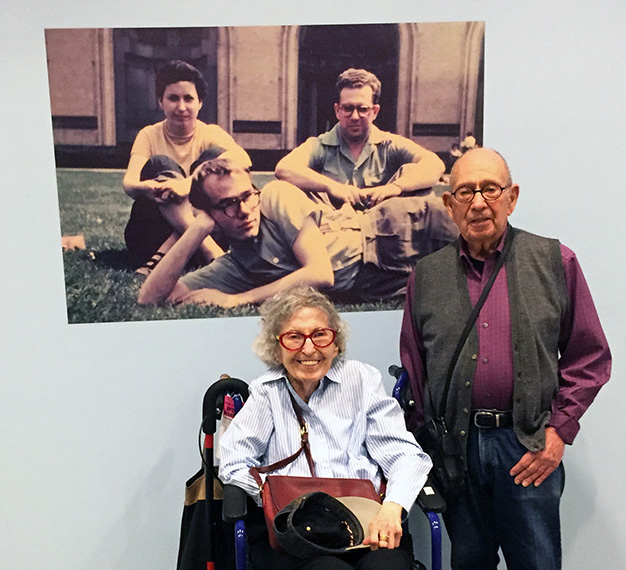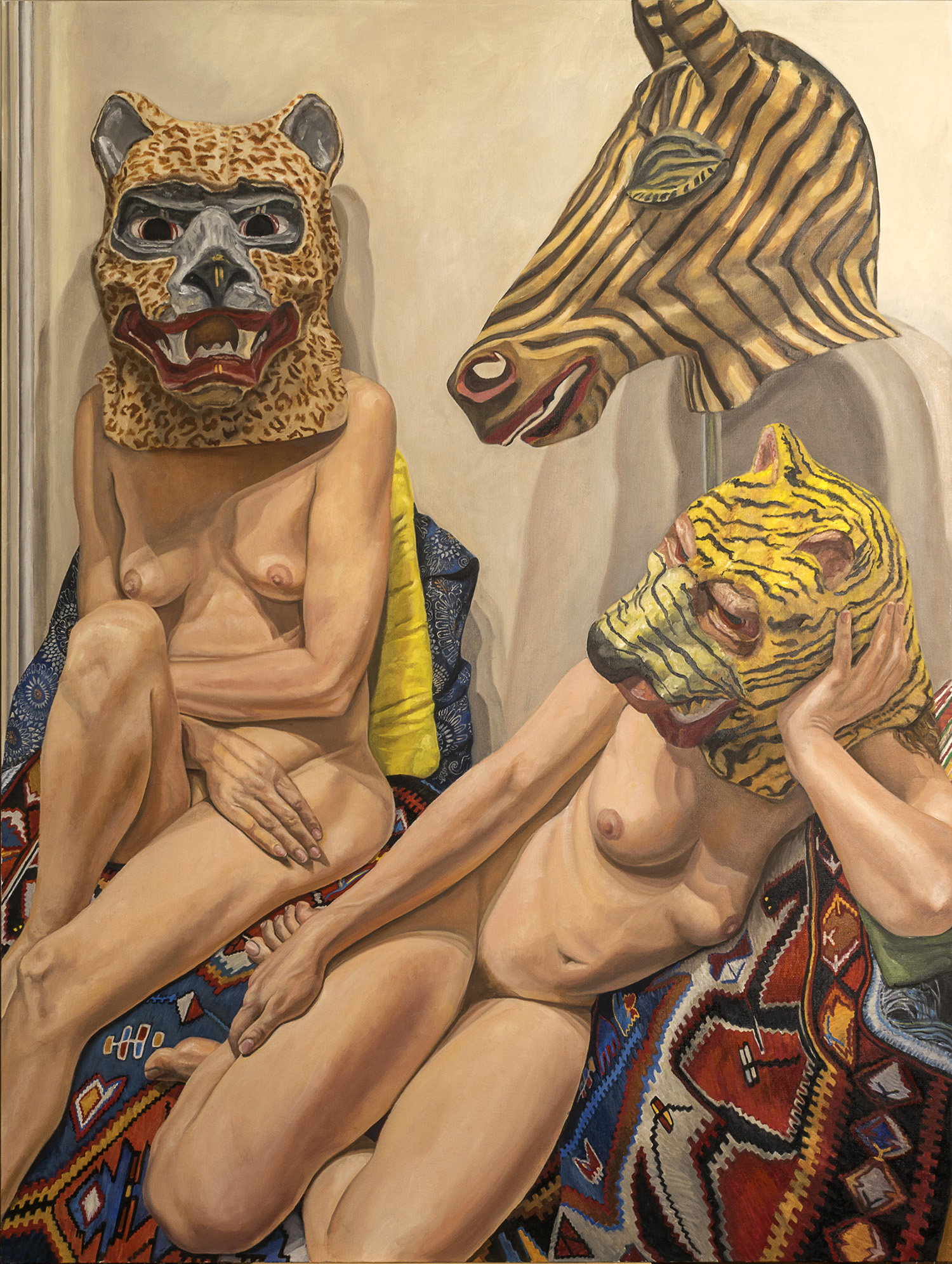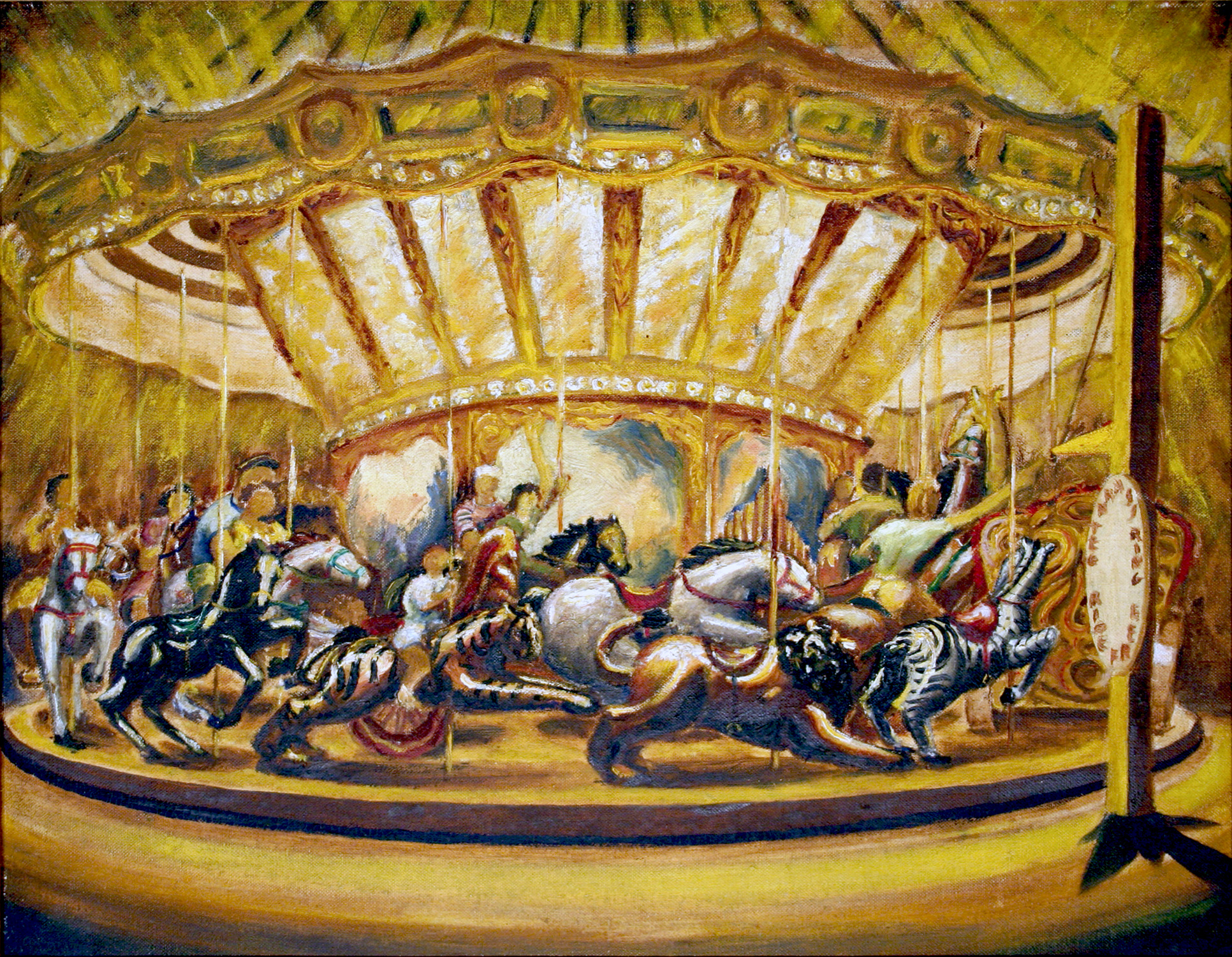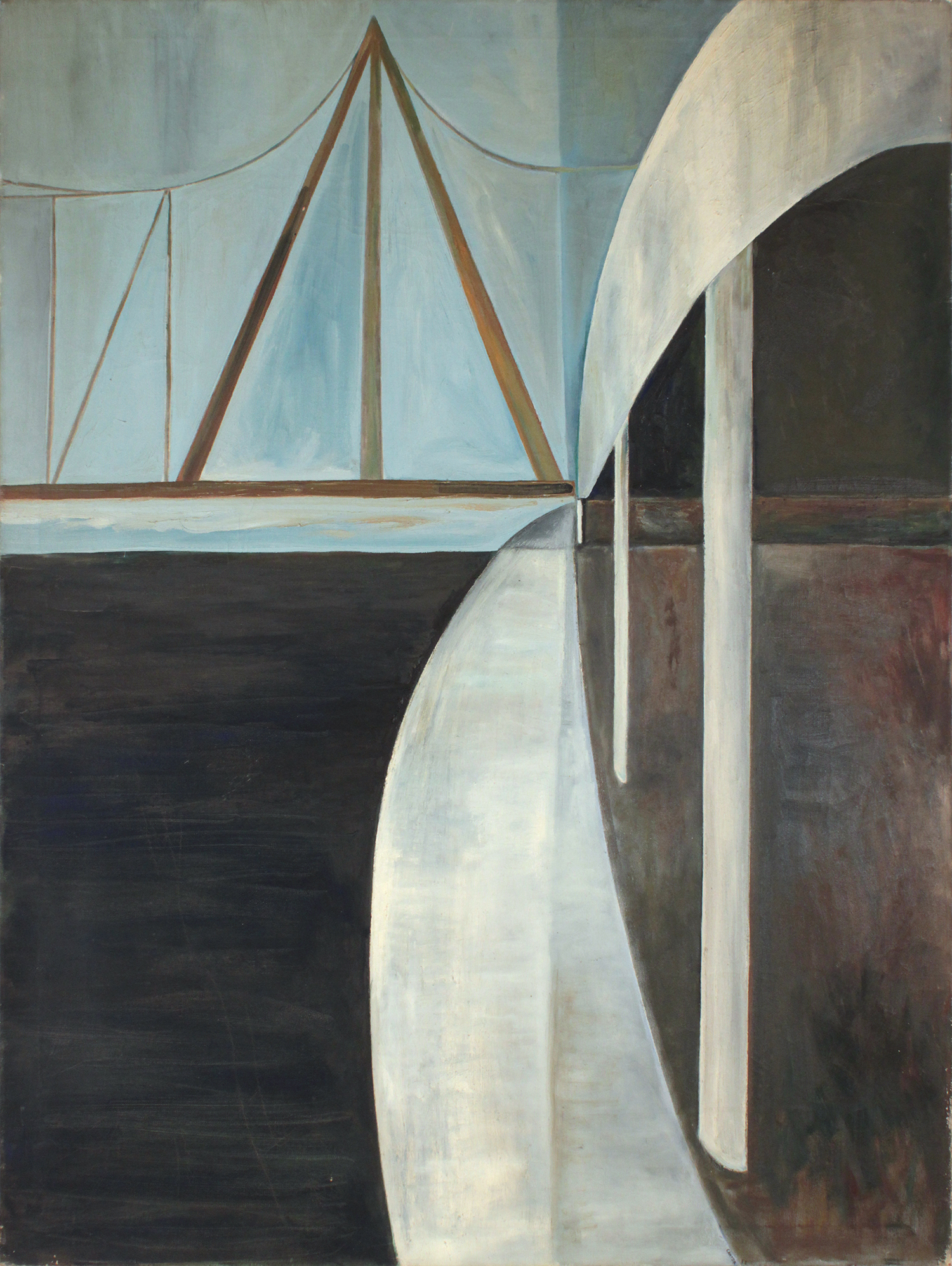By Sarah Gahr
During the Pearlstein, Warhol, Cantor: From Pittsburgh to New York opening on May 29, 2015, there was an undeniable excitement on The Warhol’s second floor as Philip Pearlstein and Dorothy Cantor made their way through the gallery.

Pearlstein had spoken earlier that evening in the museum’s auditorium to an audience of nearly 100 patrons as he recounted his career and introduced his latest series of masked-model paintings. Pearlstein is an artist who is not afraid to challenge his own aesthetic, and it was fascinating to see that with such a vast portfolio, he continues to create and actively engage with his works.

In one anecdote, Pearlstein spoke about winning first prize in the Scholastic magazine competition his junior year of high school for his painting Merry-Go-Round, which was then published in Life magazine.[1][2] Five years later in an art class at Carnegie Tech (now Carnegie Mellon University), Pearlstein was approached by a young man who, in reference to his work in the Life publication, asked:
“How does it feel to be famous?”
To which Pearlstein replied, “It only lasted five minutes.”
Then the young man, Andy Warhol, positioned his easel next to Pearlstein’s, and a friendship formed.

Although one may be more familiar with the names Warhol or Pearlstein, Pearlstein emphasized that Dorothy Cantor was an integral part of this narrative. When Warhol, Cantor, and Pearlstein were working in New York in the 1950s, she was actively submitting works to competitions and galleries, for which she received national recognition. Despite her early gallery successes, Cantor realigned her focus away from painting to raise her and Pearlstein’s three children.

This is Cantor’s first museum showing as a featured artist, which may be surprising as her talent is apparent in her skillful renderings of urban landscapes. She is able to transform stark, commonplace highways and subways into elegant, organic forms, which remind me of Georgia O’Keeffe’s New York landscapes from a few decades earlier. Outside of group shows at the Tanager Gallery, Cantor’s only prior museum showing was at the Museum of Modern Art’s 1956 exhibition Recent Drawings U.S.A., in which her sketch Descent was featured alongside artists like New York new-comer Ellsworth Kelly and established artist Edward Corbett.[3][4]
Pearlstein, Warhol, Cantor: From Pittsburgh to New York brings together a fascinating compilation of diverse works to tell an important story of three artists and their intertwined roads to success.
Pearlstein, Warhol, Cantor: From Pittsburgh to New York is on view through September 6, 2015. The exhibition is co-curated by Jessica Beck, assistant curator of art, and Matt Wrbican, chief archivist.
[1] Pearlstein, Philip. Merry-Go-Round ca. 1939-40. Oil on board. Courtesy Betty Cuningham Gallery.
[2] “Youngest Generation of American Artists Hold Whopping Good Show at Pittsburgh,” Life magazine. June 16, 1941.
[3] Cantor, Dorothy. Descent ca. 1955-1956. Graphite on paper.
[4] The Museum of Modern Art. Recent Drawings U.S.A. On View at Museum. 1956. Web. 1 June 2015.

